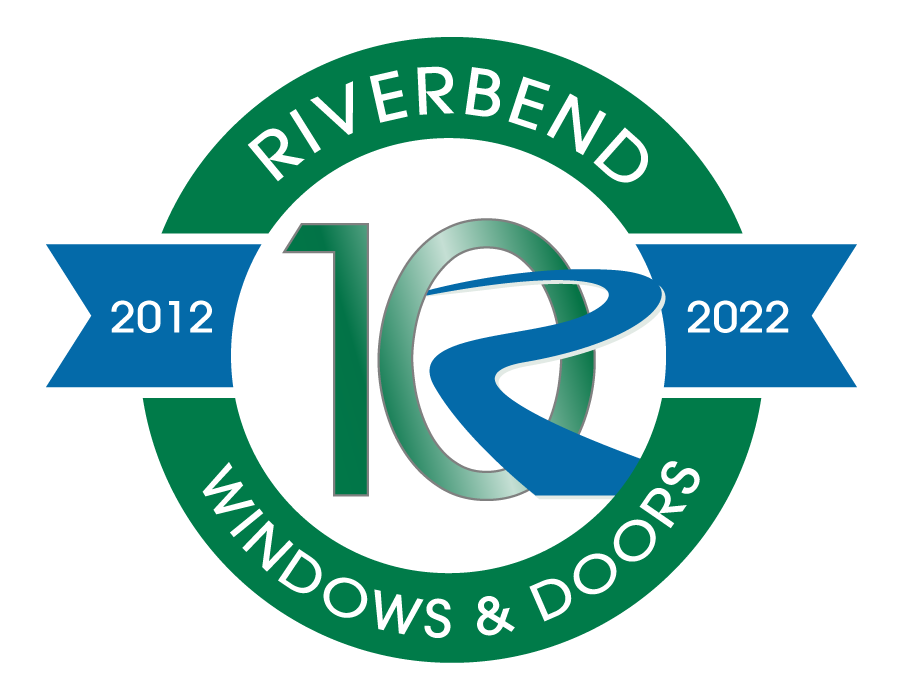A well-lit kitchen improves visibility, making tasks such as food preparation, cooking, and cleaning easier and safer. Natural sunlight creates a cheerful and uplifting atmosphere in the kitchen, making cooking and meal preparation more enjoyable.
Properly positioned windows and doors can ensure that light reaches key areas of the kitchen, such as the sink, countertops, and cooking surfaces. Placing a kitchen window over a sink is often considered best when maximizing natural light, providing task light, enjoying views and ventilation, and enhancing the aesthetics of the kitchen. This design choice combines functionality, practicality, and visual appeal to create a bright, beautiful, and functional kitchen space.
Here are the top window styles that can help you maximize natural lighting in the kitchen:
Casement Windows
Casement windows typically feature large glass panes that extend from the top to the bottom of the window frame. This expansive glass area allows ample light to enter the kitchen, brightening up the space throughout the day. Casement windows are hinged on one side and open outward with a crank mechanism. This design allows for versatile opening options, including fully opening the window to let in maximum sunlight or partially opening to control ventilation while still allowing natural light to enter. While primarily designed for ventilation, casement windows can also serve as effective sources of natural light. When closed, casement windows provide unobstructed views of the outdoors, allowing natural light to flood into the kitchen without any barriers. This clear view enhances the feeling of openness and connection to the outdoors, maximizing the perception of natural light in the space. Their large glass area and ability to fully open provide an optimal balance of ventilation and illumination in the kitchen.
Bay and Bow Windows
Bay and bow windows are excellent choices for maximizing natural light in the kitchen. Bay windows feature a larger central window flanked by two smaller side windows, with sharper angles and a more angular appearance. On the other hand, bow windows consist of multiple window panels arranged in a gentle curve along the exterior wall, creating a round or elliptical shape with a smoother, more uniform curve. Both bay and bow windows create an expansive glass area that allows plenty of natural light to enter the kitchen. The angled design of bay and bow windows allows natural light to enter the kitchen from multiple angles. This helps distribute sunlight evenly across the room, minimizing shadows and creating a well-lit environment. This configuration maximizes daylight exposure and brightens up the space throughout the day. Bay and bow windows provide panoramic views of the outdoors, allowing homeowners to enjoy the scenery while cooking or dining in the kitchen. The expansive views enhance the feeling of openness and connection to the outdoors, contributing to a bright and inviting atmosphere. In addition, bay and bow windows serve as architectural focal points that add character and visual interest to the kitchen. Their distinctive shapes and designs create a sense of elegance and sophistication, enhancing the overall appeal of the space.
Awning Windows
Awning windows are hinged at the top and open outward from the bottom, forming an awning-like shape when opened. While primarily designed for ventilation, awning windows also allow plenty of natural light to enter the kitchen even when closed. Their large glass area and upward-opening design provide an optimal balance of ventilation and illumination. With a crank mechanism or handle located at the bottom of the window frame, awning windows are easy to operate. This allows for smooth and effortless opening and closing, making it convenient to adjust ventilation and natural light levels in the kitchen. The outward-opening design of awning windows allows for ventilation without compromising privacy, as the window opens from the bottom and remains partially covered by the frame. Awning windows also provide protection from the rain when opened, allowing fresh air to circulate even during inclement weather. Additionally, awning windows have a sleek and modern appearance that complements contemporary kitchen designs. Their clean lines and minimalist aesthetic add a touch of sophistication to the space while maximizing natural light.
Picture Windows
Picture windows are typically large, fixed windows that consist of a single pane of glass. The absence of grids, muntins, or sashes maximizes daylight exposure and enhances the sense of openness and connection to the outdoors. Since picture windows do not open, they can be designed to cover a wide expanse of the exterior wall, capturing sunlight from multiple angles. This expansive glass area creates a panoramic effect that maximizes natural light distribution and brightens up the entire kitchen space. Picture windows come in various shapes and sizes, allowing homeowners to customize the design to suit their preferences and architectural style. Whether it is a large horizontal window above the sink or a floor-to-ceiling window overlooking the backyard, picture windows can be tailored to maximize natural light and enhance the overall aesthetics of the kitchen.
Overall, casement, bay, bow, awning, and picture windows are excellent choices for maximizing natural light in the kitchen. These window styles offer different features and benefits due to their large glass area, versatile opening options, expansive views, and architectural significance. Incorporating these window styles into the kitchen design can create a bright, airy, and inviting space illuminated by abundant natural light. Depending on the specific layout, design preferences, and architectural constraints of the kitchen space, homeowners can choose the window style that best suits their needs and enhances the overall brightness and ambiance of the room.
